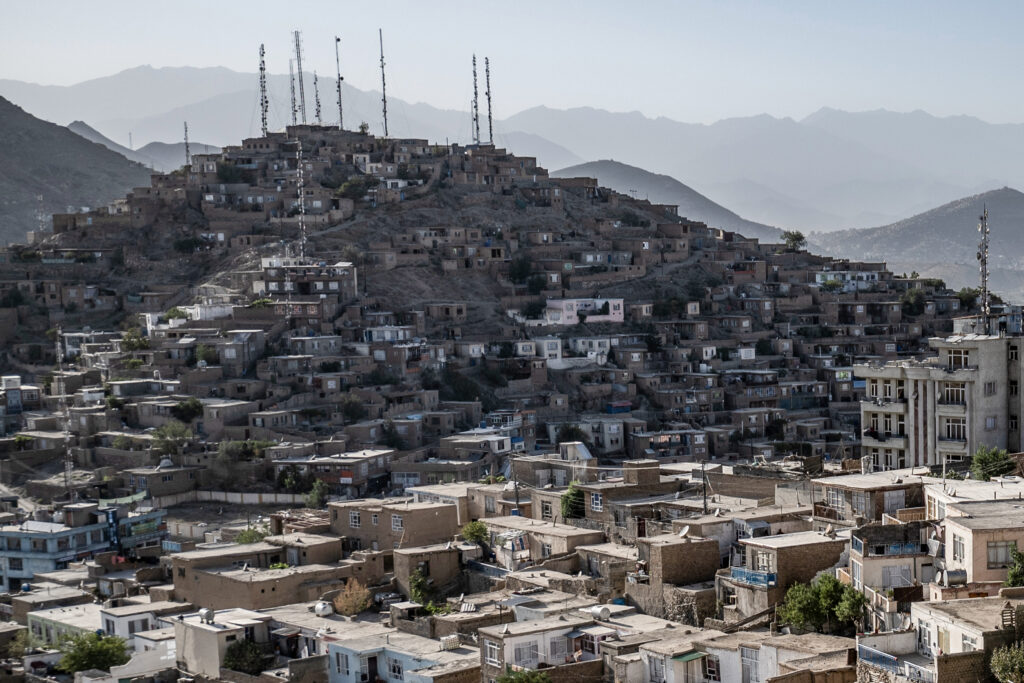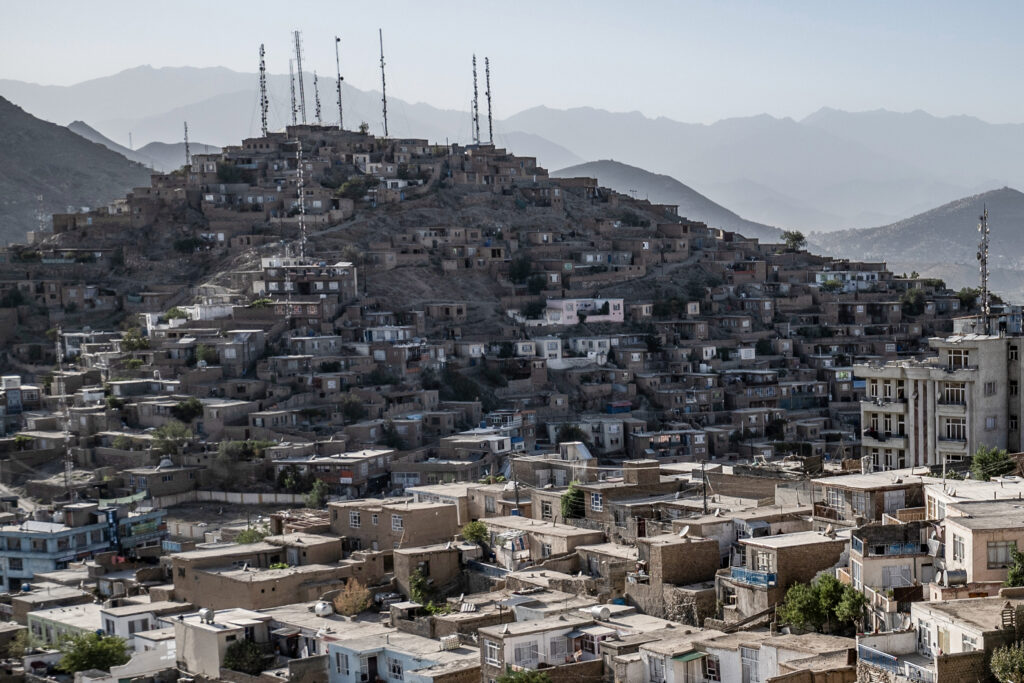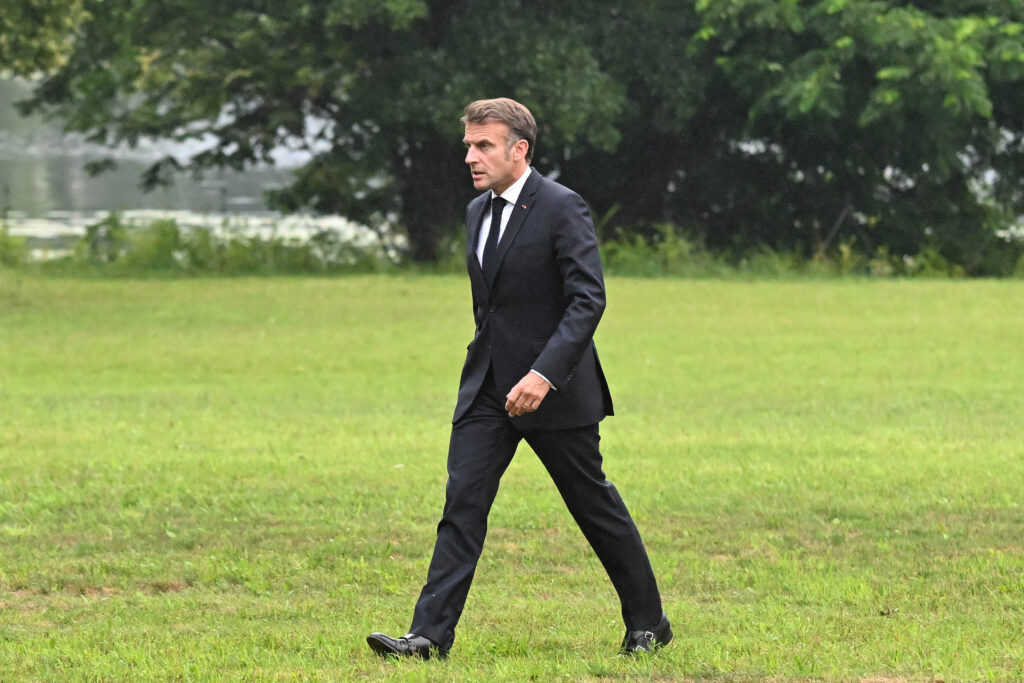Germany to extend border controls in migration crackdown
Germany will push on with temporary border controls beyond a September deadline as it cracks down on irregular immigration, Interior Minister Alexander Dobrindt said Thursday.Berlin also plans to deport more rejected asylum seekers with criminal records to Taliban-run Afghanistan and to war-scarred Syria, Dobrindt said in a podcast with media outlet Table.Today.Germany’s conservative Chancellor Friedrich Merz has vowed a tough crackdown on irregular immigration, saying this is the only way to stem rising support for the far-right Alternative for Germany (AfD) party.A spate of deadly attacks blamed on asylum seekers and other foreign nationals fuelled public fears during the campaign for the February election, in which the AfD scored a record 20 percent.”We will continue to maintain the border controls” beyond the September 15 deadline, Dobrindt said about the measures first launched last year under the previous government of Olaf Scholz and extended by six months in March.”We are in agreement with our European partners that this is a necessary measure until the (EU) external border protection system is fully operational,” he said.Members of Europe’s Schengen area are allowed to temporarily reintroduce border controls for up to two years in response to serious threats such as terrorism or large-scale unauthorised migration.Merz’s government further tightened the border checks when it took power in early May, moving to also reject most asylum seekers — a step that sparked an outcry from human rights groups.Federal police numbers deployed daily at the borders were stepped up to 14,000 from 11,000.According to ministry data, 9,254 people were turned back at German land borders between May 8 and July 31 — with most recorded cases from Afghanistan followed by Algeria, Eritrea and Somalia. Germany’s border with France saw the most rejections, at more than 2,000 in that period, followed by Poland, Switzerland and Austria. Germany has also twice deported migrants convicted of offences to Afghanistan, most recently last month when 81 were sent back — a move Dobrindt said “cannot remain a one-off measure”.Amnesty International criticised the deportations, saying the situation in Afghanistan was “catastrophic” and that “extrajudicial executions, enforced disappearances and torture are commonplace”.Dobrindt also said Berlin was working to organise deportation flights to Syria, where an Islamist-led offensive toppled longtime Syrian ruler Bashar al-Assad in December.








